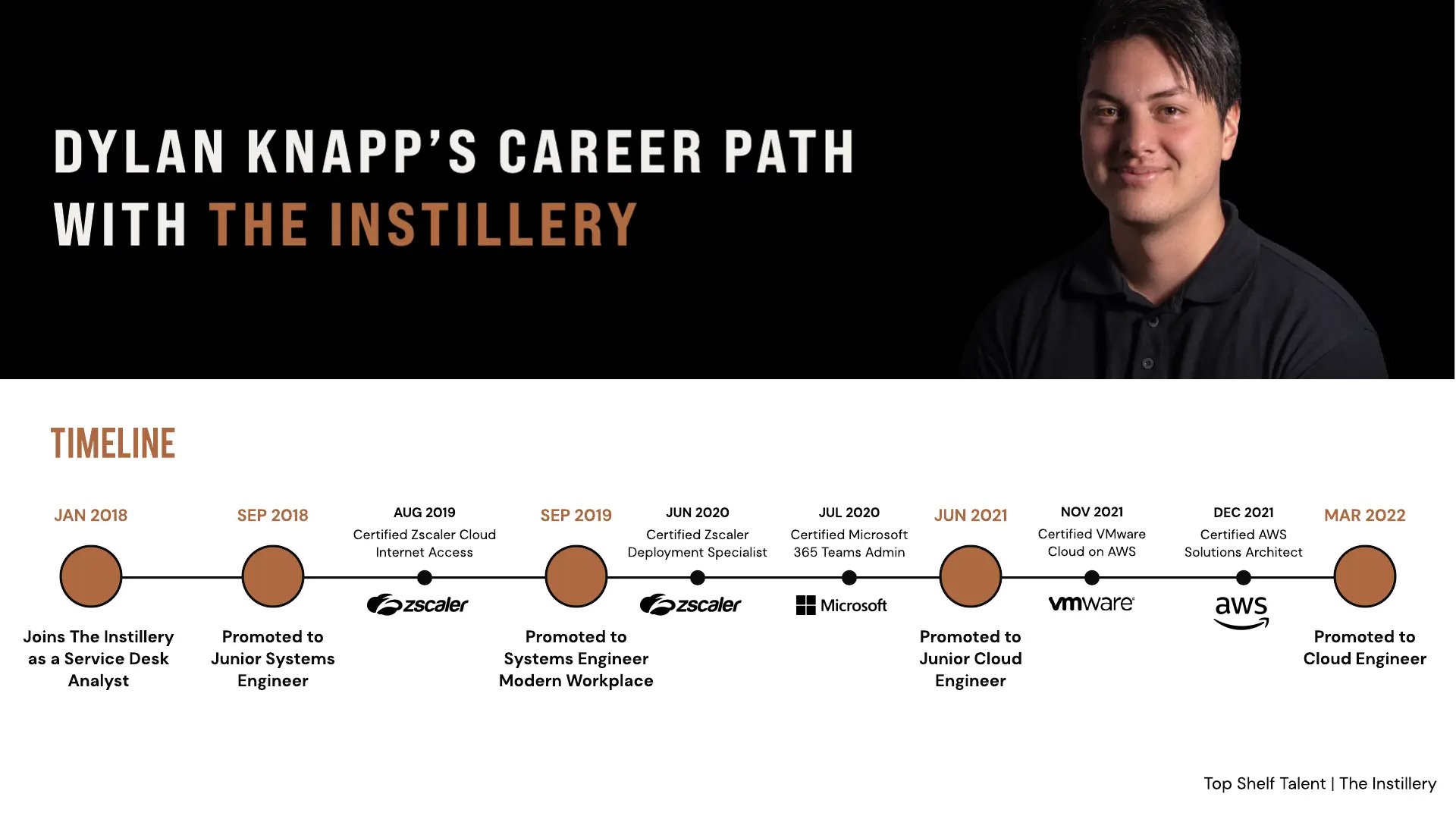If you hire Cloud professionals in New Zealand, you likely already know just how competitive the market is. Waves of Kiwi businesses are migrating to the Cloud which is creating a huge demand on an already restricted talent pool, and with AWS standing up a New Zealand region by 2024, that demand is only going to grow. New Zealand’s borders are set to reopen to Australia and visa-waiver countries, such as the US, Canada and the UK, by May 2022 which will bring some welcome relief but it won’t be enough to bridge the gap between the supply of and demand for talented people in the Cloud space.
As New Zealand’s Cloud experts, we needed to ensure that The Instillery maintained unfettered access to the country’s most talented Cloud specialists. To do that, we built several initiatives into the bloodstream of our business that would enable us to attract, nurture and develop great people. Read on to find out how we did it.
Understanding the gaps and opportunities in our business
To ensure our efforts were justified and logical, we built a skill and talent matrix that sought to highlight what skills and experiences we already had in our business, and importantly, what we lacked. In turn, this helped us to identify development opportunities such as upskilling and skill-sharing. It also enabled us to see where we had large gaps or low redundancy for certain Cloud knowledge and skills. For example, this matrix provided clarity on what impact a sudden sickness would have on our delivery capability, something that has been rather topical lately. This matrix also enabled us to turn our focus to the market with precision as it gave us a clear idea of where we lacked critical Cloud skills and where we would need to look outside of our own business.
Leveraging those internal opportunities
The skills matrix is a fantastic tool for highlighting opportunities for closing skill gaps in our business, but it wasn’t quite the right tool for formal training and development. So to ensure we were in a great position to identify our key performers, up-and-coming fresh talent, and those who needed more development, we built a quadrant of talent for our teams.
This quadrant of talent enabled us to set clear career paths, direction and promotion opportunities within the business, such as how someone could start on our Service Desk and build their skills to migrate to our Cloud team. Here’s an example based on Cloud Engineer, Dylan Knapp - who originally joined The Instillery as a Service Desk Analyst:

Incentivising industry-recognised certification
When it comes to building our internal people’s skills and knowledge to prepare them for their Cloud career path with us (or another company), AWS and Microsoft certifications are great tools. These industry-recognised certifications cover a wide array of subject knowledge across Cloud and other technologies. They also provide a standardised approach to getting more people involved and certified in using these technologies. Not only are these certificates great for the person’s professional brand but it also helps to showcase that you have the right skills across your team, and they make a great initial reference point for when recruiting junior Cloud roles.
Making your business attractive to Cloud Talent
With businesses looking to build their own Cloud teams to the number of Managed Service Providers like us in the market, standing out as a great employer to Cloud professionals is notably difficult. One way to do so, however, is to deploy unconventional recruitment methods such as AWS’s famous DeepRacer example. AWS invites developers of all skill levels to get their hands on machine learning tools to build and race tiny autonomous cars. At a glance, the day seems like a bit of fun for all those involved but it’s also a fantastic direct line between talented developers and AWS hiring managers.
Building responsive referral programmes
Some of the best hires come from referrals. These people are often not actively considering a new role and traditional hiring strategies may miss them. We recognise this and encourage active referrals across our business and teams with a referral programme that responds to our current needs tied back to our skills matrix. For example, we will temporarily increase our referral bonus for the referrer for roles and skills we have in high demand.
Conclusion
The talent market for Cloud specialists is set to get worse before it gets better. If your business has a Cloud project now or on the horizon, and you’re looking to build internal Cloud capability, we hope the above examples provide you with some useful ideas to experiment with. Of course, you could always talk to us about leveraging our Cloud expertise and resources for your Cloud projects.

5 Apr 2022




